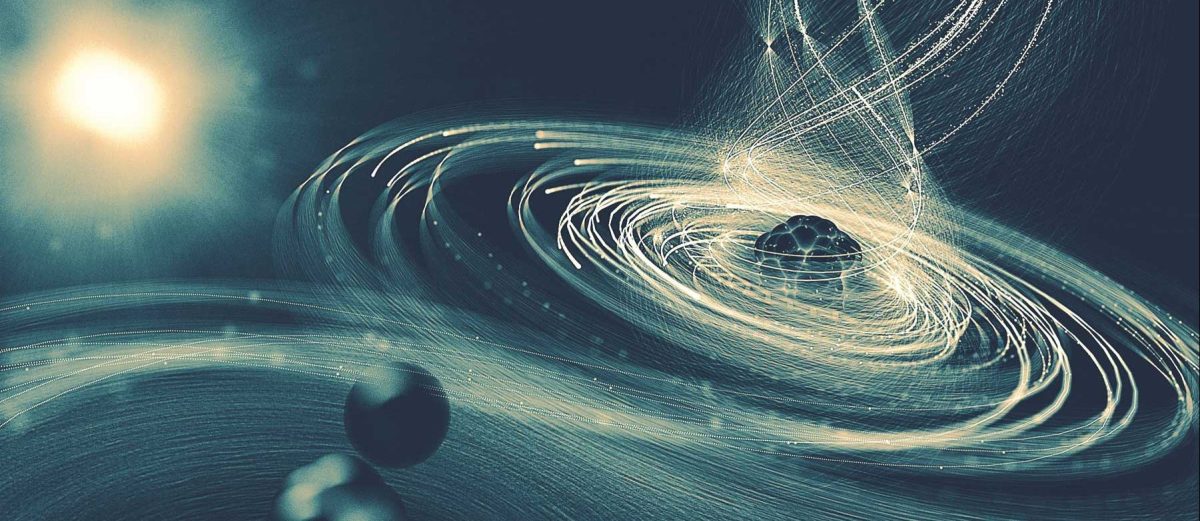The world’s strongest laser just made the universe’s smallest black hole—completely by accident.
Researchers were exploring what the full strength of an X-ray laser, the world’s most powerful kind, could do to an atom when the molecule reacted far differently than what they expected. Instead of getting pulverized into oblivion, they created a “molecular black hole.”
The laser-zapped atom’s electrons were stripped away from the inside out and created a vacuum that started sucking in electrons from other atoms surrounding it. The molecule lost 50 electrons in 30 femtoseconds (millionths of a billionth of a second).
Scientists at Department of Energy’s SLAC National Accelerator Laboratory, where the experiment was conducted, described the resulting phenomenon “like a black hole gobbling a spiraling disk of matter” in a press release. It’s the first time the bizarre phenomenon has been seen.
The Linac Coherent Light Source (LCLS), used in the experiment, produced an x-ray laser that’s a 100 times more intense than all the sunlight on the Earth’s surface focused onto a thumbnail, Scientific American reports.
Scientists believe the findings, published Wednesday in Nature, could improve image analysis of viruses, bacteria, and other small organisms.
This article appeared in an InsideHook newsletter. Sign up for free to get more on travel, wellness, style, drinking, and culture.





















